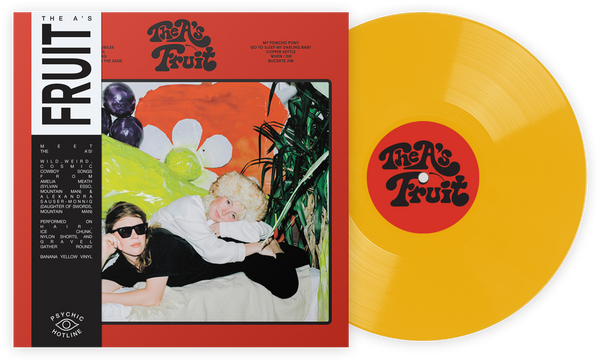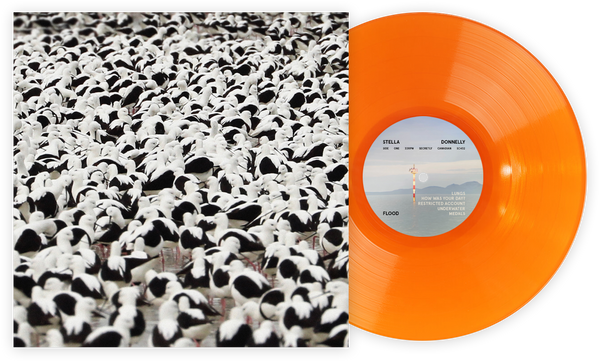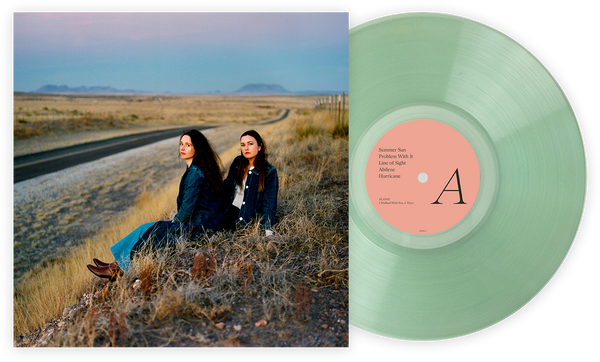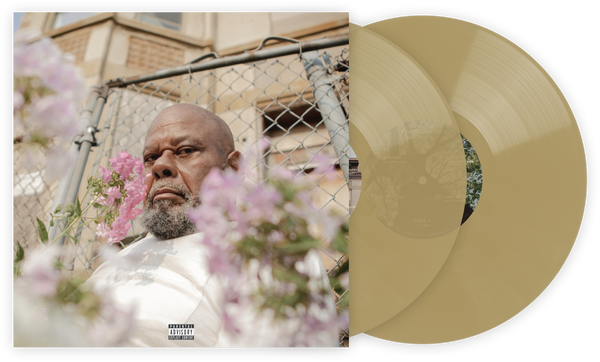“I’ve been through the desert on a horse with no name,” sang Dewey Bunnell of America in 1971. It was there that Bunnell saw “plants and birds and rocks and things.” Had he been wandering through the desert of Coachella Valley in, say, 1989 Bunnell might rather have seen “pot smoke and beards and amplifiers and things.” For it was here that bands such as Yawning Man and Kyuss were formed around generator parties where musicians could get high and jam through the night.
A world apart from LA’s glitzy and glamorous sunset strip scene, desert rock had more in common with the DIY ethics of punk rock. The desert environment isn’t particularly well suited to the frantic pace and urban politics of punk, so inspiration was found in 60s and 70s hard rock giants such as Black Sabbath and Blue Cheer, and enabled by distortion, amplification, alcohol, marijuana and psychedelics.
The fuzzy desert rock sound overlaps with similar genres such as stoner rock and doom metal, and not every band below comes from a region rich in coyotes and cacti. Does this branch of heaviness have to be performed by bona fide desert dwellers? Does it have to be recorded at studios like Rancho De La Luna, the makeshift home of Josh Homme’s Desert Sessions and birthplace of albums by Masters Of Reality, Fu Manchu and Keith Morris’ Midget Handjob? Not necessarily. No more than Witch House has to be made by card-carrying necromancers. Though Kyuss and their bearded brethren struggled for recognition back in the day, the influence of the relatively small Palm Desert Scene has since stretched far and wide. You’ll now find musicians practicing, refining and redefining the desert rock sound in locations across the world, while DesertFest and similar festivals take place in locations as gray and drizzly as London and Antwerp. After all, it does feel good to be out of the rain, as I’m sure Dewey Bunnell would agree.

Given that Kyuss are probably the most important desert rock group ever, the four albums they recorded between 1991 and 1995 are all worth your time. As most folk would agree, however, their first and final efforts are not their strongest creations. This leaves their middle masterpieces, 1992’s Blues For The Red Sun and 1994’s Welcome To Sky Valley, both of which are a veritable treasure trove of growly vocals, phat bass workouts, clattering drums and Josh Homme’s signature guitar sound (downtuned and hooked up to a bass amp, of course). Which is best? The monumental Welcome To Sky Valley just clinches it for me, not least because Kyuss decided to annoy people who’d bought it on CD by grouping the songs into three long “movements” instead of separating its tracks in a conventional manner. “Listen Without Distraction” commanded the liner notes; such concentration is best realized with vinyl.

Queens Of The Stone Age - Songs For The Deaf
There’s no consensus on which is the greatest Queens record, although if you’ve decided it’s not one of the first three then you’re a bit strange. Arguably, the debut feels like Josh Homme is still a little hung-over from his Kyuss days, whereas Rated R’s weaker moments are spontaneous scraps that could’ve been relegated to Homme’s casually slapdash Desert Sessions collabs. Songs For The Deaf offers more variety than the first record and is tighter than the second. Nick Oliveri brings his a-game with his stomping bass work, stronger song contributions and demented screaming. In contrast to those yelps as well as Homme’s smoother tone, we’re also awarded more of Mark Lanegan’s mournful gravel-gargling vocals. Plus, Dave Grohl gets to drum his blessed arms off. This is a classic album in capital letters with very few flaws that’ll have kids picking up guitars, stamping on distortion pedals and crooning about cool shit for generations to come.

If there’s an identifiable difference between desert rock and its stoner rock and doom metal relatives, then the foremost tends to be more relaxed and carefree. After all, it did evolve from the freedom of being in the lawless desert, ingesting illicit substances and partying till dawn. There’ll always be a darker flipside to such revelry but if weed-induced paranoia has you staying indoors with the curtains closed, then you’ve descended into doom territory and are at risk of reading books about Satan.
Fu Manchu are a contender for the most joyful, Tiggerish and party-friendly of the desert rockers. Never one for wallowing in grungy self-pity, Scott Hill prefers to focus on “ZZ Top good time” subjects such as weird beards, outer space and various forms of transportation from skateboards to Chevrolets. They have an infectious energy carried over from their origins as a hardcore punk group, come bearing planet-sized riffs and are a dab hand with a catchy yell-along chorus. The Action Is Go arrived after they’d lost two key members but this potential destabilization only seemed to strengthen the Chu. The LP opens with the raucous single “Evil Eye” and closes with the double-whammy of a cranium-melting eight-minute space epic followed by a quick shred through SSD’s “Nothing Done”. Everything between is as bodacious as Bill & Ted in a boogie van.

So what happened to Eddie Glass and Ruben Romano after they left Fu Manchu? Well, they (re)recruited bassist Mark Abshire, formed the power trio Nebula and were soon recording with Jack Endino for Sub Pop. After testing the water with a series of EPs, they released their first full-length, To The Center, which couldn’t have been more desert rock if it had a cover photograph of the band’s equipment and amplifiers stood in the sand with the sun beaming down, framed by a bright orange border. Oh wait, it had exactly that. And it also had groovesome jamz aplenty. Although they would introduce their own distinctive textures and mellow out a little in places, Nebula’s sound ploughed a similar furrow to the band its members had just quit. The great thing about that split is that we suddenly had two megalithic groups competing for the title of most exuberantly heavy rockin’ feel-good desert band.

Hailing not from California but New Jersey, Monster Magnet’s desert vibes are infused with elements of space rock, garage rock, heavy metal and other leather-jacketed mutineers. Before commercializing their sound after signing to a major, the Magnet was a decidedly strange and scuzzy affair. Imagine if MC5 hitched a ride with Hawkwind and collided into Black Sabbath’s tour bus, causing them all to be fused together into one roaring toxic monster because some acid-trippin’ maniac had brought a glowing barrel of radioactive ooze on board. MM’s debut LP brims with sleazy axe work, echoed vocals, a huge amount reverb and other disorientating swirly-whirly sound effects. Meanwhile, Dave Wyndorf’s lyrics lie somewhere between mystical third-eyed soothsayer and strung-out dribbling Beavis (e.g. “I think I wet my pants doin’ whippets”). It was around this time that Monster Magnet spiked a whole audience’s drinks with LSD, the irresponsible loons.
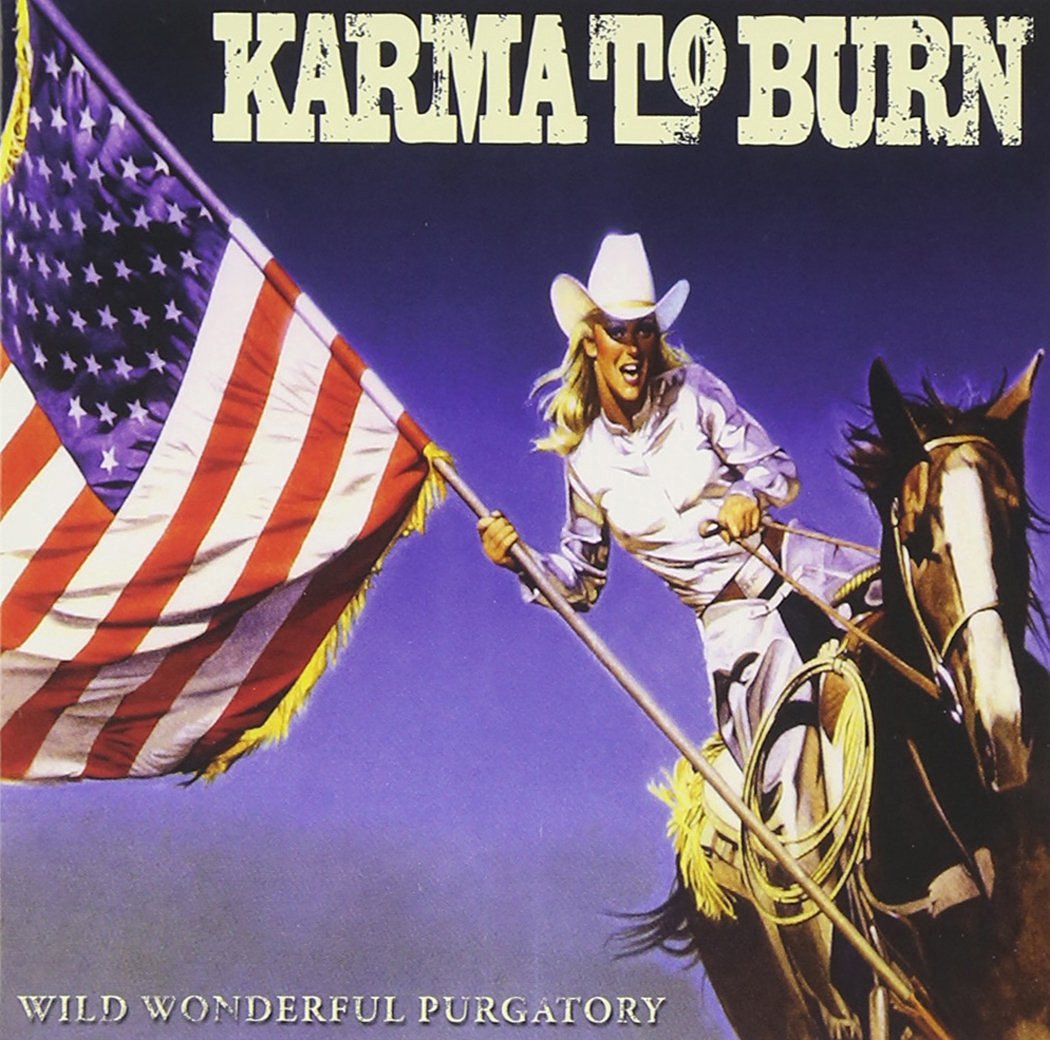
Karma To Burn - Wild, Wonderful Purgatory
West Virginia’s Karma To Burn always intended to be an instrumental outfit but when they signed to Roadrunner in 1996, the label forced them to hire a vocalist to wail over the top of their debut album. That didn’t work out too smoothly and the band soon fired their singer, only to be dropped by Roadrunner as a result. They’ve since welcomed occasional guest spots from singers such as Kyuss’ John Garcia but K2B’s area of expertise lies in high-energy, vocal-free headbangers. Their second album, Wild, Wonderful Purgatory, set the template for subsequent releases by being entirely instrumental and rocking harder than Tom Hardy in a hard hat.

Desert rockers are an unruly and uncompromising bunch and Karma To Burn aren’t the only ones to have flummoxed a record company or two. Originally an unremarkable Saint Vitus-ish doom troupe, for their third record San Jose’s Sleep embarked on an insanely ambitious odyssey fuelled by a weed intake of such herculean proportions that even Snoop Dogg himself would have slunk away to have a bit of a lie down. Taking Sabbathian herb-worship to its bonglogical conclusion, Dopesmoker (aka Jerusalem) is an hour-long, single-song sonic psalm to the gods and goddesses of hashish. The band’s label were so baffled and infuriated by this outrageous pursuit that they refused to release it and the frustrated Sleep soon broke up. Recorded in 1996, there now exists various versions of Dopesmoker with differing edits. The latest pressing on Southern Lord is said to be the definitive version, at least until somebody discovers an even more toasted take down the back of grass-scented couch and hires some gray-bearded druid to remaster that one as well. (Admittedly, this is a rare case where the compact disc version might be preferable to the 12-inch because you can bliss-out to the whole song uninterrupted. Where’s the harm in owning both?)

Dead Meadow - Howls From The Hills
Although Dead Meadow emerged from Washington DC’s ever-fertile post-hardcore scene, the trio’s style has more in common with the pre-punk psych-rocking giants of the 60s and 70s, not to mention their Californian cousins over on the West Coast. Their records boast riffs that are fuzzier than Fozzie Bear’s paws, enough pedal effects to smother a large cow, pounding Bill Ward-ish drumbeats and, in true Led Zep spirit, lyrics inspired by Tolkien sung in a high-pitched voice. While Dead Meadow would offer a greater range of exotically lighter, psychedelic textures on later recordings, the emphasis on this second studio album lies mostly with long and lumbering down-tempo heaviness. While its low end engulfs and pacifies your body, the spacey effects and hippy lyrics launches your mind off into fantasyland. Originally issued by Joe Lally of Fugazi’s now-defunct Tolotta label, the album was repressed by Xemu Records in 2015 on yummy orange/white swirled vinyl.

Dylan Carlson’s main musical outlet has undergone several radical reinventions over the years. Originally specializing in pioneering drone metal, on 1996’s Pentastar the group traded in melodic “song-based” fuzz rock, after which came nearly a decade of hiatus. In 2005, the revived Earth released* Hex; Or Printing In The Infernal Method*, a dusty collection of stark instrumentals influenced by Duane Eddy, Ennio Morricone, Neil Young’s Dead Man soundtrack and Blood Meridian by Cormac McCarthy. Earth delved further into this realm on subsequent releases but if you’re looking for something a little less sparsely bleak then check out Primitive And Deadly from 2014. I mean, it still sounds as if the apocalypse is lurking just around the corner but at least the blow is cushioned by the reintroduction of Carlson’s warm and blurry* Pentastar-*era distortion. Recorded at Rancho De La Luna, the LP’s desert rock credentials are further enhanced by an appearance from Mark Lanegan, a regular QOTSA and Desert Sessions interloper. LP pressings come with the exclusive 12-minute bonus track “Badger’s Bane,” which closes the album in a suitably epic style.

Masters Of Reality - Deep In The Hole
Chris “godfather of desert rock” Goss has produced albums by Kyuss, Queens Of The Stone Age, Nebula and many more. Since the 1980s, he’s also fronted his own band, Masters Of Reality, using a revolving cast of backing musicians and guest contributors. They’ve included numerous members of Queens Of The Stone Age, and for 1993’s Sunrise On The Sufferbus Goss even managed to recruit the services of ex-Cream drummer extraordinaire Ginger Baker. Sadly, that magnificent record has never been released on vinyl (dodgy European bootlegs excepted) so for the time being why not settle for 2001’s Deep In The Hole? Even that one didn’t get a US vinyl pressing the first time round but there now exists a sexy green 15th anniversary reissue courtesy of Bong Load Records. This is bluesy barroom desert rock with sweet Beatles-smitten melodies sung by Goss’ prettily woozy voice. The man’s influence on the desert rock scene, not to mention Josh Homme’s whole darn shtick, is immeasurable.
JR Moores is a freelance writer based in the north of England. His work has appeared in Noisey, Record Collector, Drowned In Sound, Bandcamp Daily, The Guardian and many others, and he is currently resident psych-rock columnist for The Quietus.




